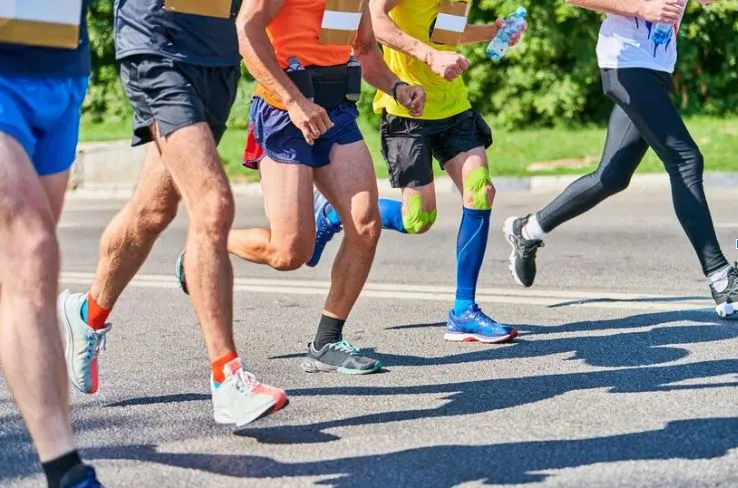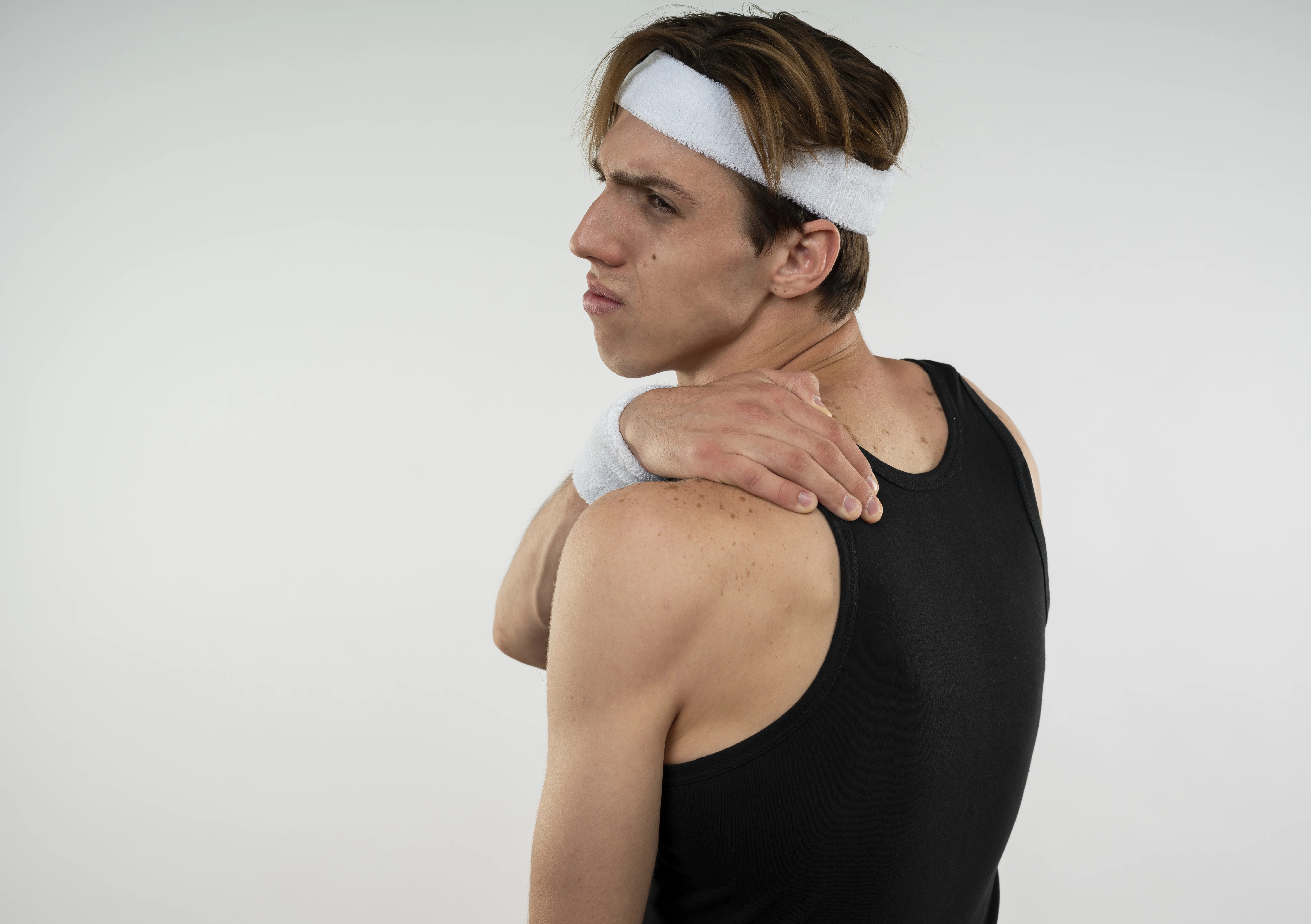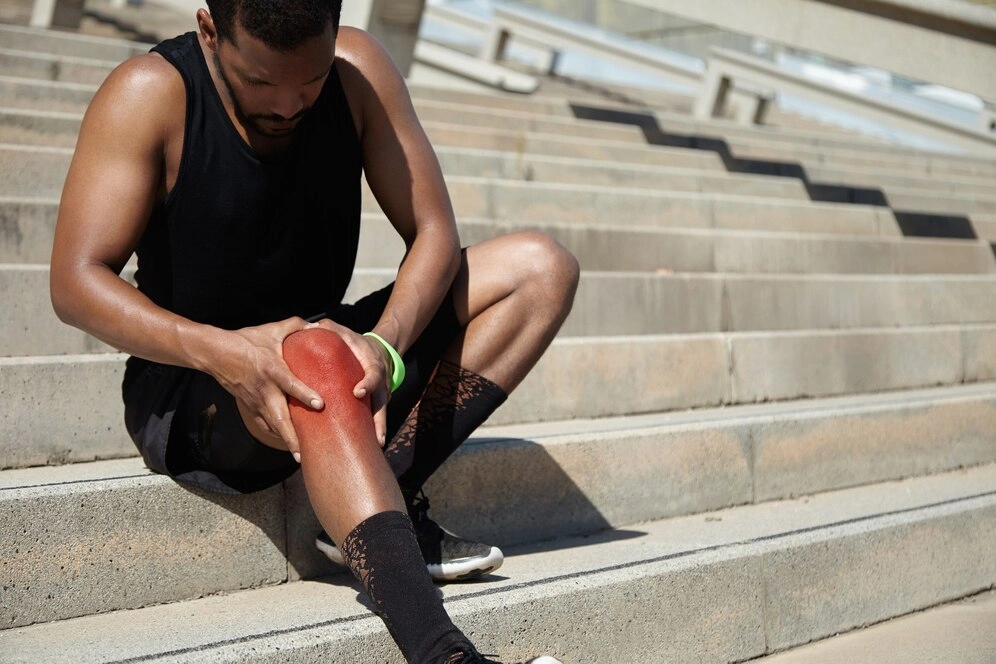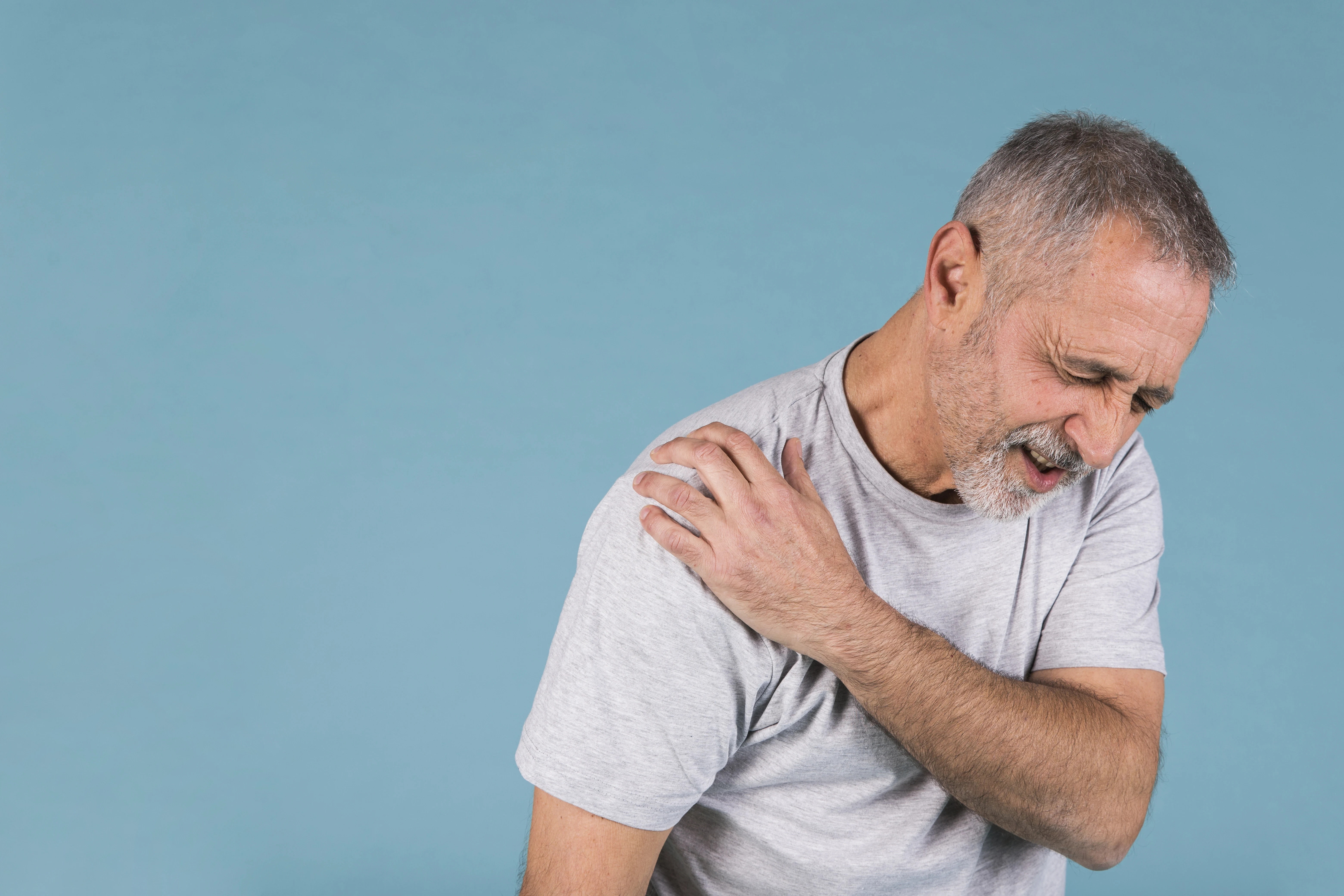What To Expect After A Rotator Cuff Repair
Category: Orthopedics
A rotator cuff repair is a common surgical procedure designed to treat tears or damage to the rotator cuff, a group of muscles and tendons in the shoulder. The rotator cuff is crucial for shoulder movement and stability. At Lokmanya Hospital, we understand the importance of returning to a pain-free, active life after a rotator cuff injury. From pre-surgery consultations to post-operative rehabilitation, we are here to support you every step of the way.
The Surgical Procedure
Rotator cuff repair surgery can be done using one of two methods: traditional open surgery or minimally invasive arthroscopic surgery. The choice of procedure depends on the extent of the tear, the patient’s age, and overall health. Regardless of the technique, the goal of the surgery is to reattach the torn tendons to the bone or repair them in a way that restores normal shoulder function.
Post-Surgery Recovery
The recovery process after rotator cuff repair is gradual, and it's important to follow your surgeon's instructions closely to ensure a smooth healing process. The journey to recovery typically includes several phases,
1. Immediate Post-Surgery (First 1-2 Weeks)
Key Focus: Rest and Healing
- Sling Use: After surgery, the shoulder is typically immobilized in a sling to protect the repaired tendon and allow initial healing. This is critical in preventing movement that could interfere with the repair.
- Pain Management: Pain and discomfort are common in the first few days. Ice packs, prescribed pain medications, and anti-inflammatory drugs will help manage pain and swelling.
- Wound Care: The surgical site must be kept clean and dry to avoid infection. You will be instructed on how to care for your incisions and dressing changes.
- Initial Mobility: You will avoid any active movement of the shoulder during this time, but passive motion exercises may be initiated by your healthcare provider to prevent stiffness.
2. Early Rehabilitation Phase (Weeks 2-4)
Key Focus: Passive Movement and Gentle Exercises
- Physical Therapy: Light, passive range-of-motion (ROM) exercises begin during the second week. These exercises are typically performed by a physical therapist and involve the therapist moving your arm for you to avoid strain on the healing tendon.
- Sling Usage: You will continue to wear the sling to protect the shoulder. Depending on your surgeon’s instructions, you may be allowed to remove the sling during certain activities, such as performing gentle exercises or resting.
- Reduced Pain: Pain and swelling usually decrease during this phase, and you will begin to rely less on pain medications.
- Avoid Strain: You must continue to avoid lifting, reaching, or overhead movements to prevent re-injury or disruption of the repair.
3. Intermediate Rehabilitation (Weeks 4-8)
Key Focus: Active Movement and Strengthening
- Active Assisted Range-of-Motion: After about 4 weeks, you may begin actively assisting with the shoulder movements during physical therapy, but you should still avoid any strain on the repair.
- Strengthening Exercises: As your range of motion improves, your therapist will gradually introduce strengthening exercises that focus on restoring the function of the shoulder muscles and stabilizing the joint.
- Gradual Sling Reduction: Depending on your progress, your healthcare provider may advise you to reduce your use of the sling. However, you may still need to wear it during certain activities to provide support.
- Pain and Swelling Management: Pain should continue to decrease, but some mild discomfort or muscle soreness from the strengthening exercises is normal.
4. Advanced Rehabilitation (Weeks 8-12)
Key Focus: Strengthening and Functional Movements
- Return to Strength Training: By 8-12 weeks, more intense strengthening exercises will be introduced to build muscle strength around the rotator cuff. These exercises are crucial for regaining shoulder stability and mobility.
- Functional Activities: During this phase, you will start performing functional movements like light lifting and using the arm in everyday activities. However, overhead movements and heavy lifting should still be avoided.
- Increased Mobility: You will notice significant improvements in shoulder mobility and strength as physical therapy continues. Your therapist may also start working on posture and balance to enhance recovery.
5. Full Recovery (3-12 Months)
Key Focus: Return to Normal Activities
- Gradual Return to Sports or Heavy Activities: By 3-6 months, most patients are ready to begin returning to light sports or activities. Depending on the surgery and rehabilitation progress, you may resume more demanding activities, such as swimming, tennis, or weightlifting, closer to the 6-12 month mark.
- Strength Maintenance: At this stage, the focus is on continuing to strengthen the shoulder muscles to prevent future injury and ensure the longevity of the repair. Ongoing physical therapy or exercises will help you maintain shoulder function.
- Post-Surgery Milestones: Full functional use of the shoulder and a reduction in pain or discomfort can be expected. However, certain activities, such as lifting heavy objects overhead, may take longer to safely incorporate back into your routine.
Factors That Influence Recovery
- Age: Older patients may experience slower healing due to natural aging processes or underlying health conditions.
- Size of the Tear: Larger tears may take longer to heal, and more intensive rehabilitation may be needed.
- Compliance with Rehabilitation: Adherence to physical therapy exercises and precautions is critical for successful recovery. Not following guidelines could delay healing or result in further injury.
- Pre-existing Conditions: Conditions like diabetes, obesity, or poor overall health can complicate recovery and slow down the healing process.
Why Choose Lokmanya Hospital for Rotator Cuff Repair?
Our team of highly skilled orthopedic surgeons specializes in rotator cuff repairs and other shoulder surgeries. We are committed to offering personalized treatment plans tailored to your specific needs.
Lokmanya Hospital uses advanced technology and minimally invasive techniques to ensure the best outcomes with reduced recovery times. Our state-of-the-art facilities, coupled with a compassionate healthcare team, ensure that you receive the highest level of care throughout your surgery and recovery.
Conclusion
Recovering from rotator cuff repair surgery requires patience, commitment, and careful attention to the instructions provided by your healthcare team. At Lokmanya Hospital, our expert orthopedic surgeons and physical therapists are here to support you throughout your recovery journey. By following the recommended recovery phases and engaging in proper rehabilitation, you can restore full function to your shoulder and return to your active lifestyle with minimal risk of re-injury.
FAQ’s
1. How long will it take to fully recover from rotator cuff surgery?
Full recovery can take 6 to 12 months, depending on the severity of the injury and the surgery performed.
2. Will I need to wear a sling after surgery?
Yes, most patients will need to wear a sling for the first 4-6 weeks to protect the shoulder and allow the tendons to heal properly.
3. When can I return to work after rotator cuff surgery?
You can usually return to desk work after 1-2 weeks, but if your job requires heavy lifting or overhead activity, you may need to take 3-4 months off.
4. Is physical therapy necessary after rotator cuff repair surgery?
Yes, physical therapy is crucial for rebuilding strength, improving range of motion, and preventing stiffness.
5. Can I drive after rotator cuff surgery?
Driving may be possible after 4-6 weeks, but only when you feel comfortable and your doctor gives you the green light.
6. What should I avoid during the recovery process?
Avoid lifting heavy objects, reaching overhead, or performing any high-impact activities until your doctor clears you for such activities.
Previous blog
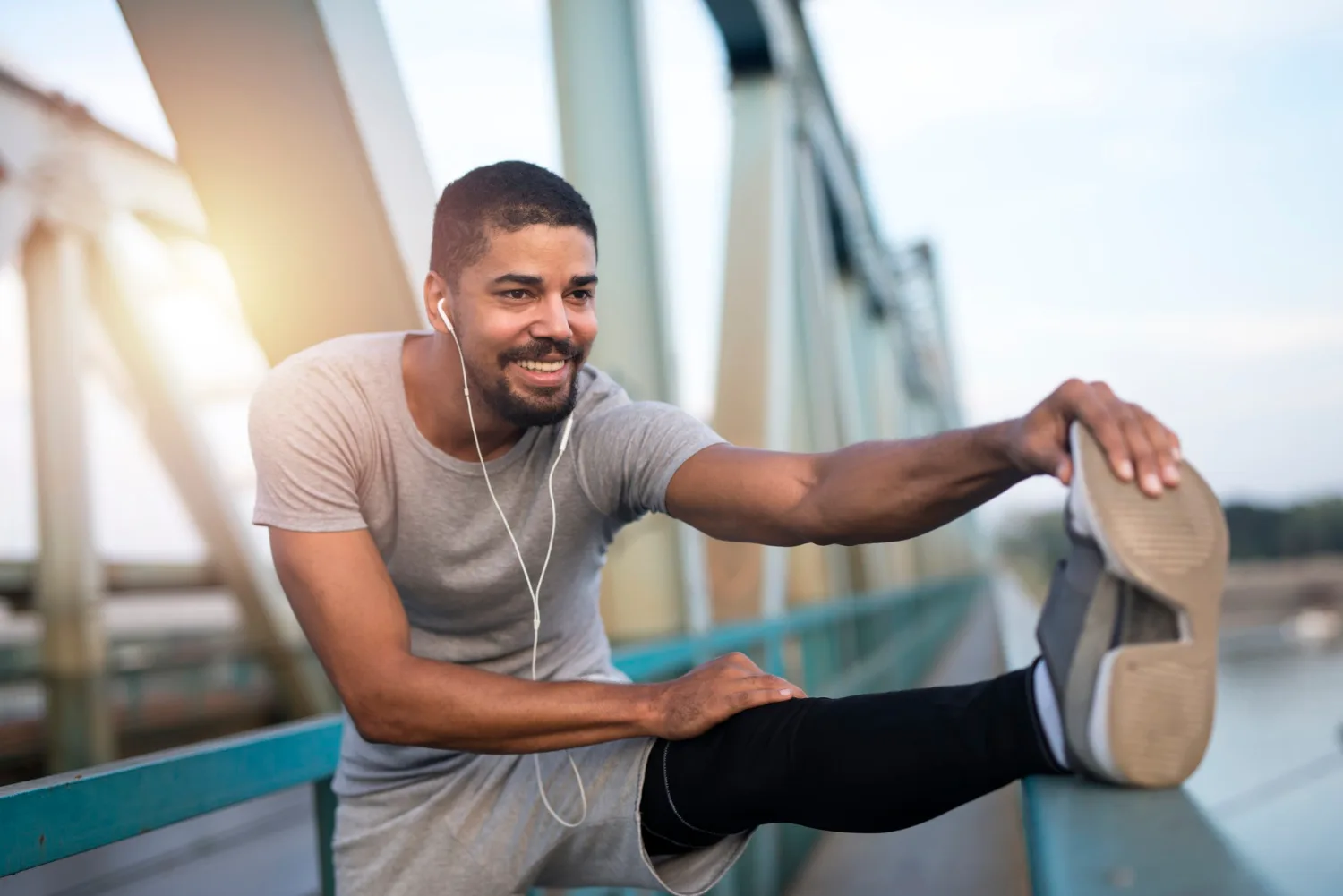
How To Prevent Re-Injury During Recovery
Next blog
